East Garo Hills
A complete tourist and cultural guide
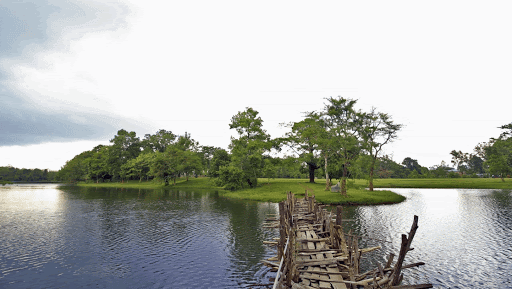
East Garo Hills is a picturesque district in Meghalaya, known for its lush green landscapes, rolling hills, and rich cultural heritage of the Garo tribe. Headquartered at Williamnagar, the district is dotted with scenic spots, waterfalls, and forests, offering a peaceful retreat for nature lovers.
Must-Visit Attractions in East Garo Hills
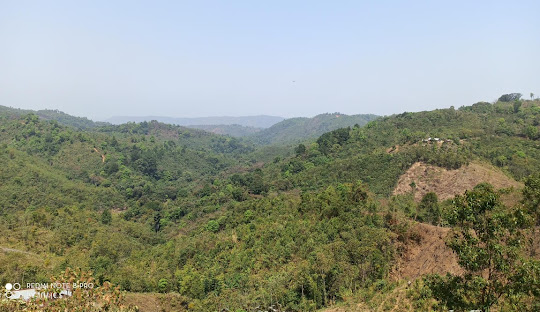
Nokrek National Park
A UNESCO Biosphere Reserve, Nokrek National Park, is a paradise for nature and wildlife lovers. Great spot for trekking and eco-tourism.
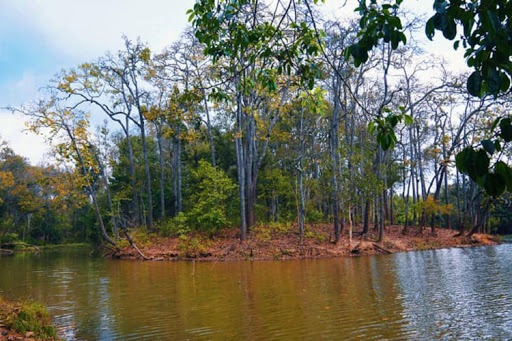
Naphak Lake
This serene natural lake is surrounded by lush greenery and rolling hills, making it an ideal spot for picnics, birdwatching, and photography
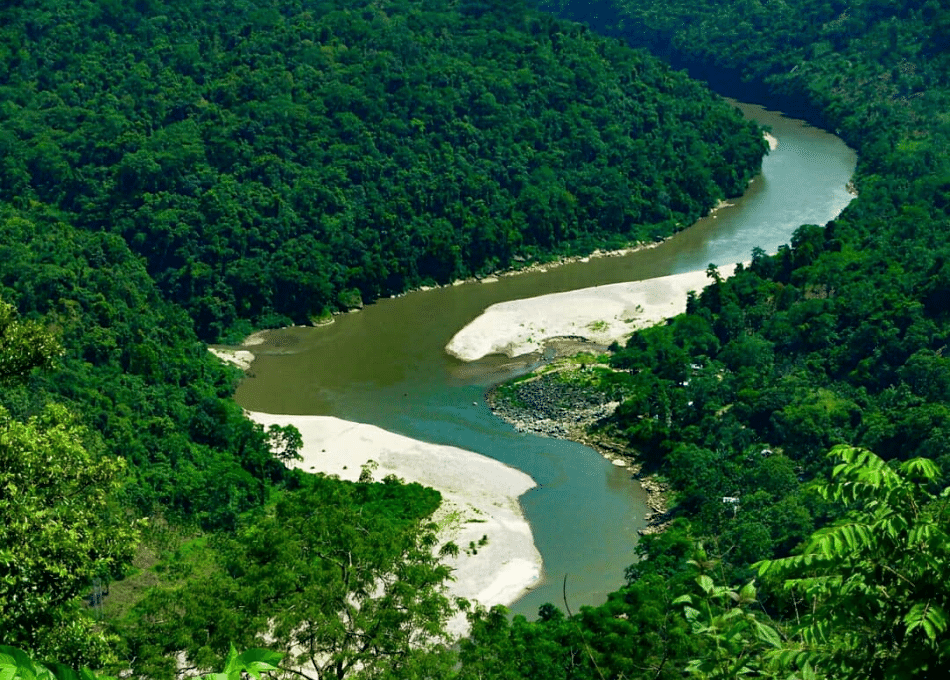
Simsang Lake
Flowing gracefully through East Garo Hills, the Simsang River is the lifeline of the district. It offers beautiful riverside views.
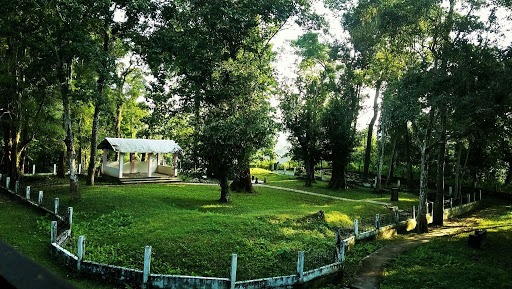
Chisobibra
A historically important site, Chisobibra is known as the last battlefield of Pa Togan Nengminja Sangma, a Garo freedom fighter who fought against the British.
Major Attractions Nearby East Garo Hills
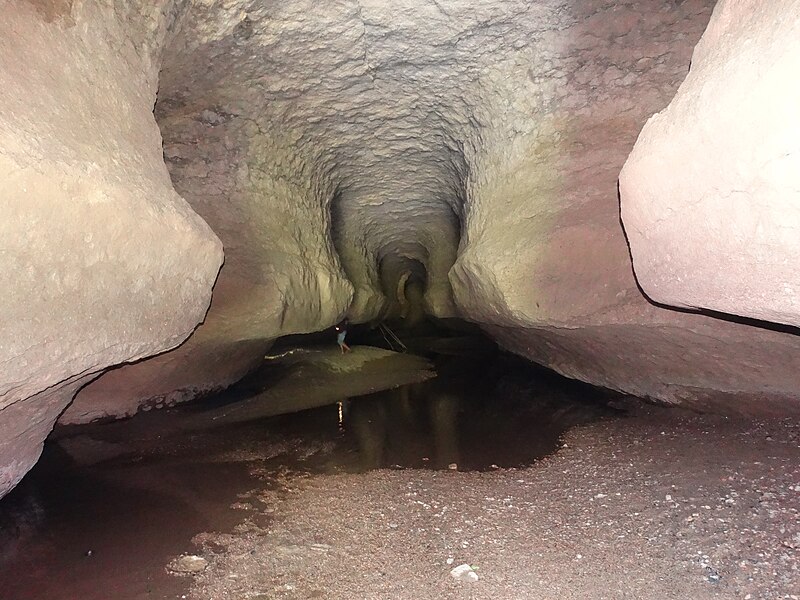
Siju Caves
Situated in South Garo Hills but easily accessible from East Garo Hills, Siju Caves are among the longest limestone caves in India.
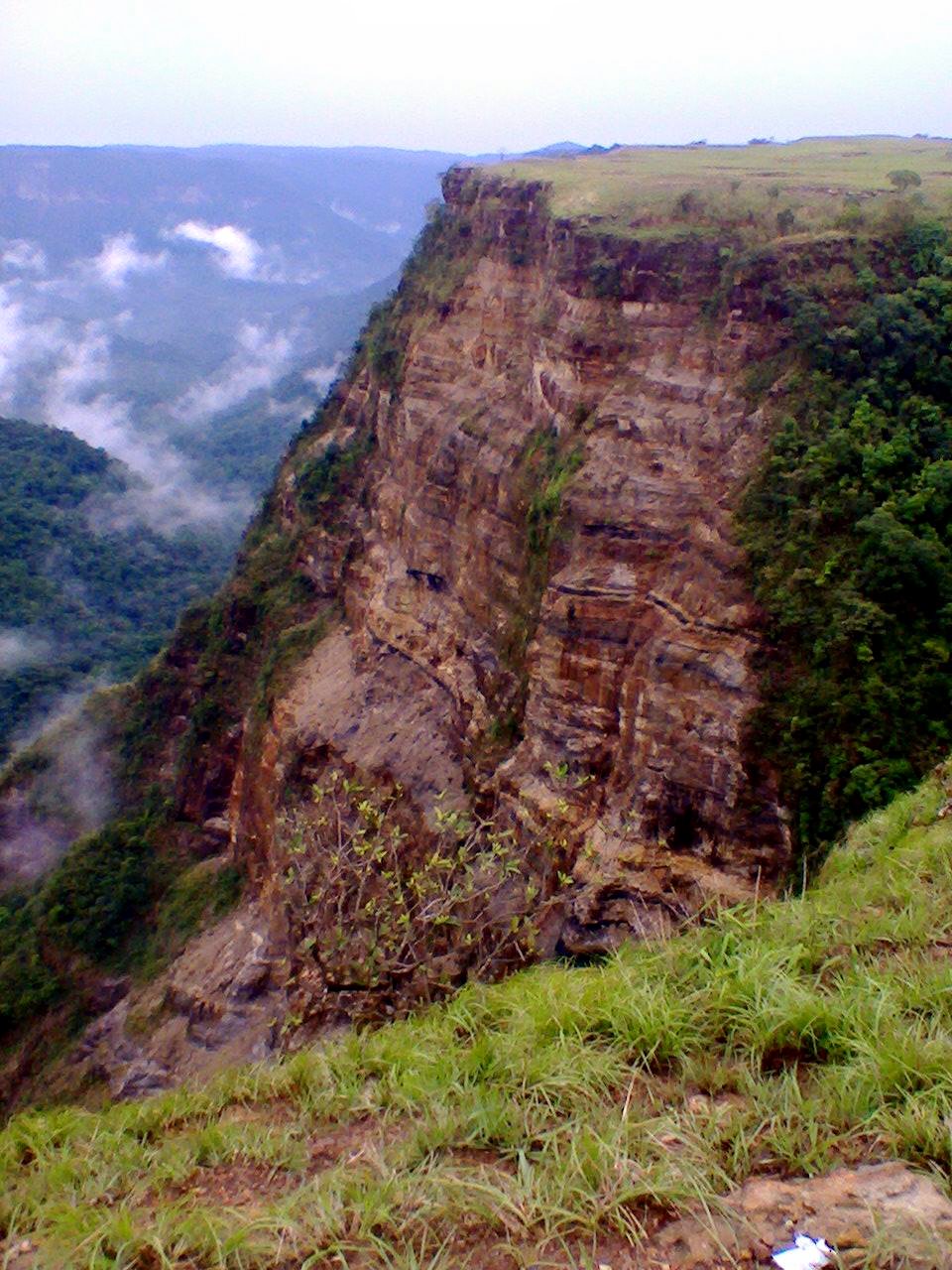
Balpakram Nationa Park
This mystical park, often referred to as the “Land of Perpetual Winds,” is famous for its unique rock formations & rich wildlife
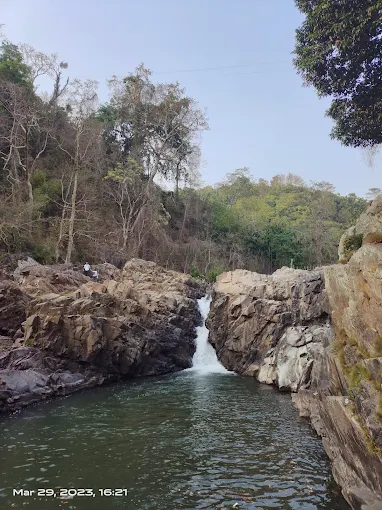
Pelga Falls
Located near Tura, Pelga Falls is a scenic waterfall surrounded by thick forests and bamboo bridges, making it perfect for picnics and short hikes
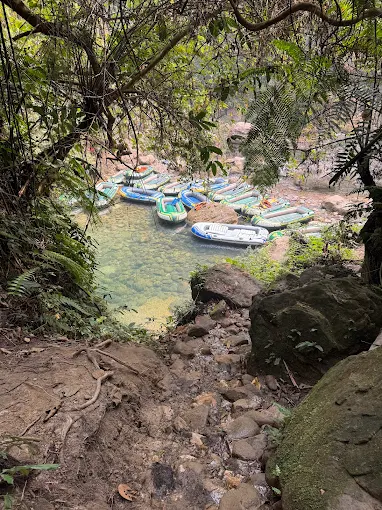
Wari Chora
A hidden gem in the Garo Hills, Wari Chora is a stunning river canyon with emerald-green waters cutting through dramatic rock formations.
Things to do in East Garo Hills
Experience the spiritual, cultural, and historical essence of the city.
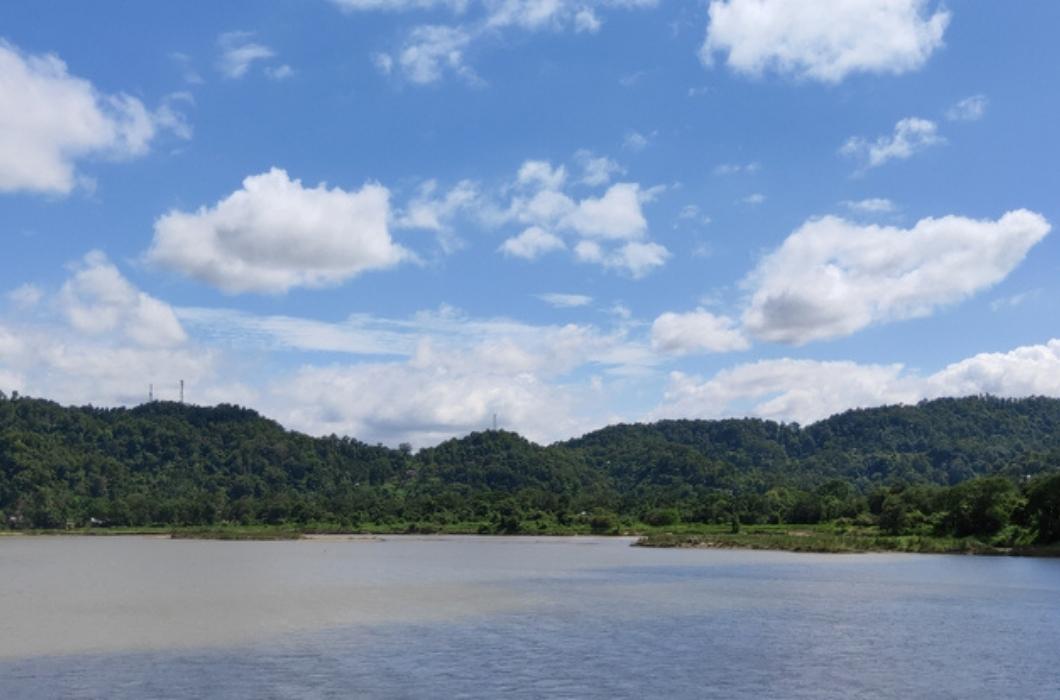
Explore the Simsang River
The Simsang River is the lifeline of East Garo Hills, offering beautiful views and opportunities for fishing, boating, and riverside picnics
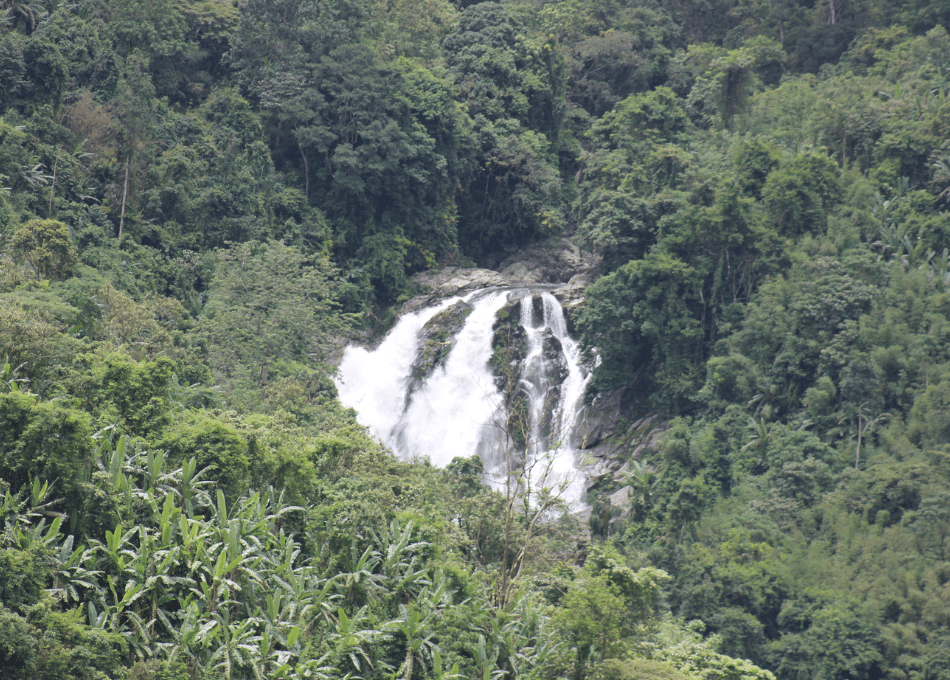
Visit Rong'Bang Dare Waterfall
Surrounded by lush greenery, Rong’bang Dare in East Garo Hills is a breathtaking waterfall perfect for nature walks and photography
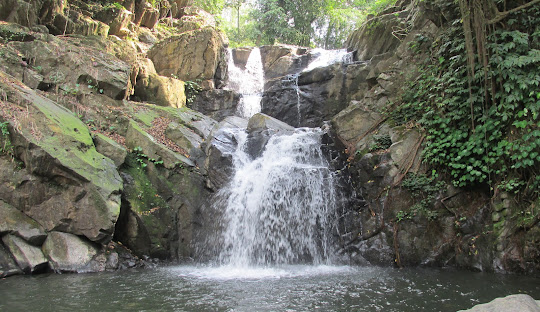
Experience Garo Culture inWillamnagar
Williamnagar is a great place to experience Garo culture through traditional dances, markets, and local cuisine.

Trek to Napak Lake
A scenic trek through forests and hills leads to Napak Lake, a peaceful spot for birdwatching and relaxation.
The Performing Art of East Garo Hills
The performing arts of East Garo Hills are deeply rooted in the traditions and cultural identity of the Garo tribe. Music and dance play a central role in community life, often linked to festivals, rituals, and social gatherings. The art forms are not just entertainment, they are living expressions of history, beliefs, and the communal spirit of East Garo Hills.
Wangala Music
Folk Music
Modern Fusion Music
Wangala Music, played during the famous Wangala harvest festival, is one of the most celebrated forms, featuring rhythmic beats. Folk Music, are another important tradition, often telling stories of love, nature, and legends, usually sung in the native. Modern Fusion Music where young artists blend traditional Garo instruments with contemporary styles.
Wangala Dance
Pomelo Dance
Ajia Dance
Wangala Dance, is the most famous, performed during the harvest festival, where men and women dance in synchronized steps. Pomelo Dance is a playful and skillful performance where dancers toss and catch pomelos with their heads, showcasing agility and rhythm. Ajia Dance often performed during social gatherings and community celebrations, featuring graceful movements and traditional attire.

City Vibes
The city vibes of East Garo Hills, especially in its main town Williamnagar, are a blend of small-town charm and vibrant tribal culture. Life here moves at a relaxed pace, surrounded by hills, rivers, and lush greenery, yet bursts into colour and energy during festivals.
Heritage of East Garo Hills
The heritage of East Garo Hills is deeply tied to the traditions, folklore, and ancestral practices of the Garo tribe. Rich oral history, passed down through generations, preserves tales of origin, legendary heroes, and sacred landscapes.
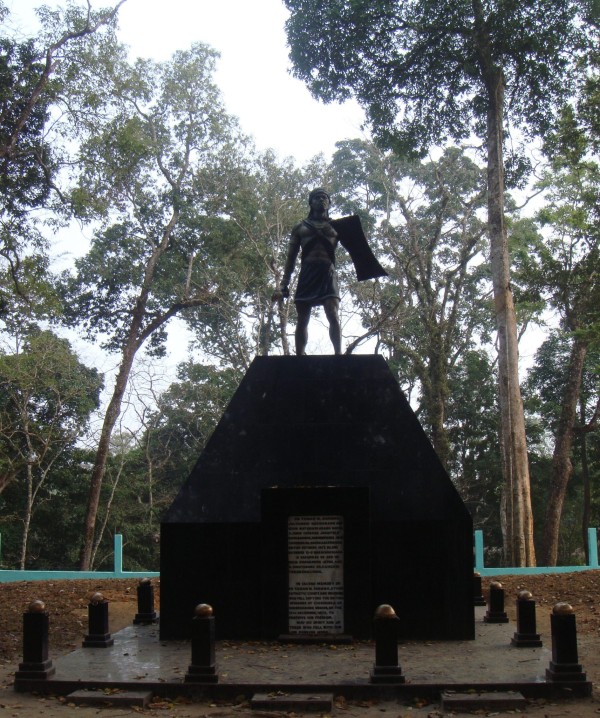
Cuisine of East Garo Hills
East Garo Hills is a paradise for food lovers, offering a variety of traditional delights.
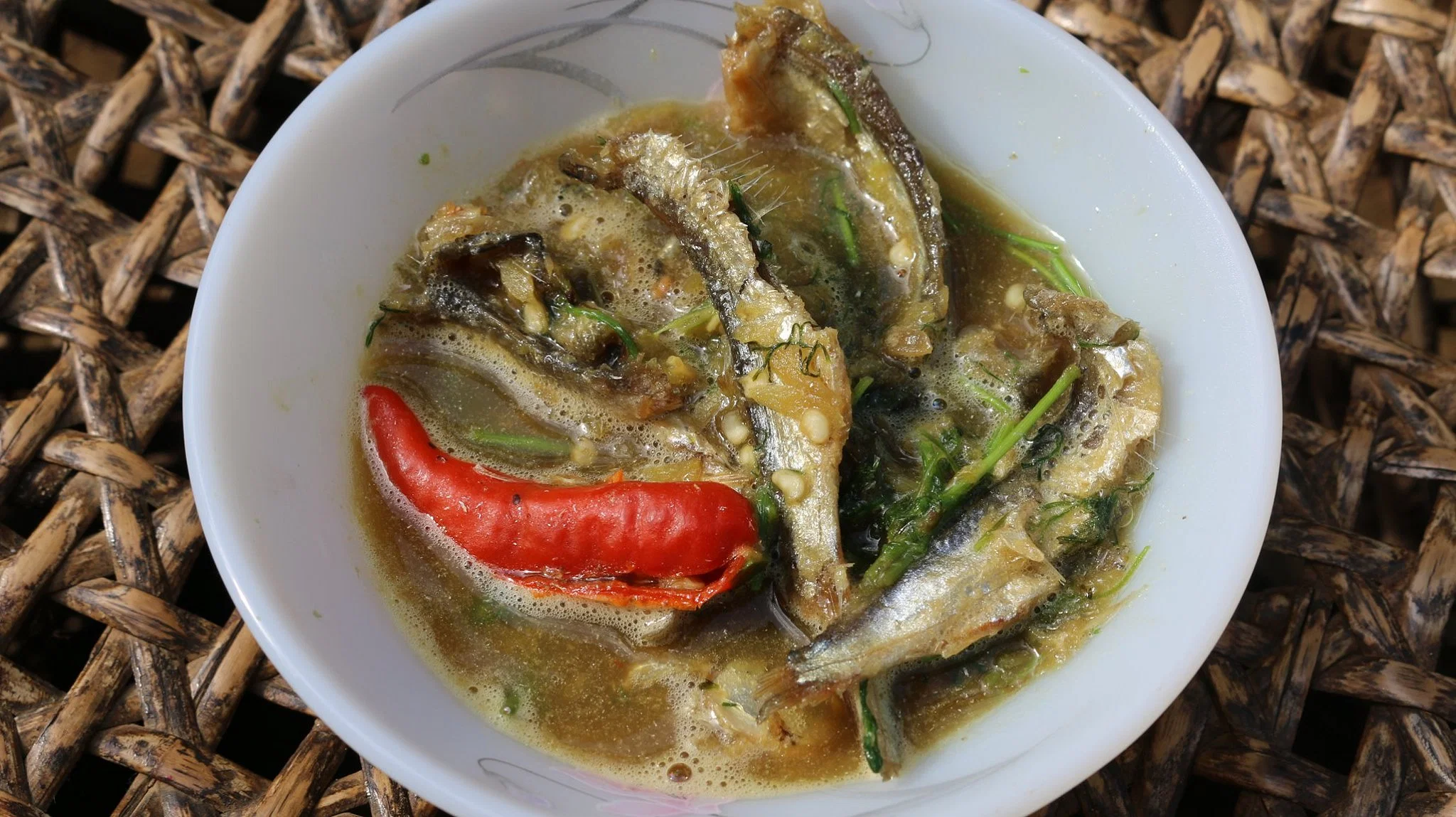
Nakham Bitchi
A spicy soup made from fermented dry fish, chillies, and local spices. It is a staple during special occasions
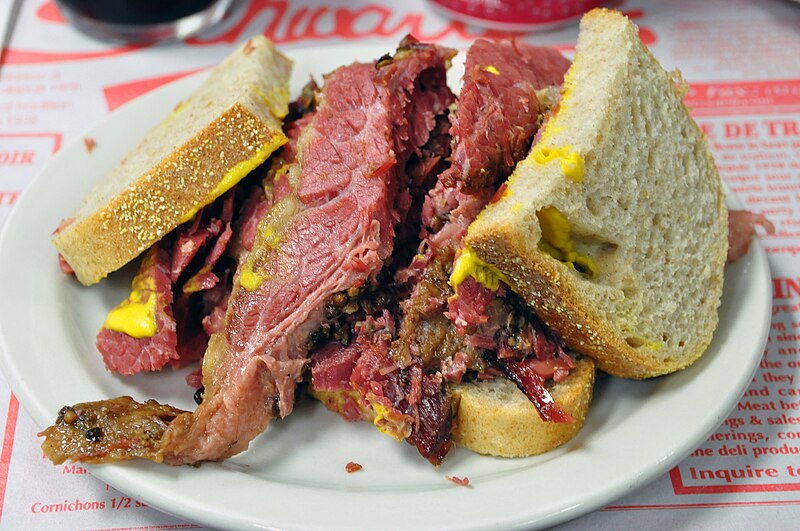
Smoked Meat
Smoked pork or beef is a Garo delicacy, often prepared with bamboo shoots and local herbs. The smoky flavor gives nice taste.
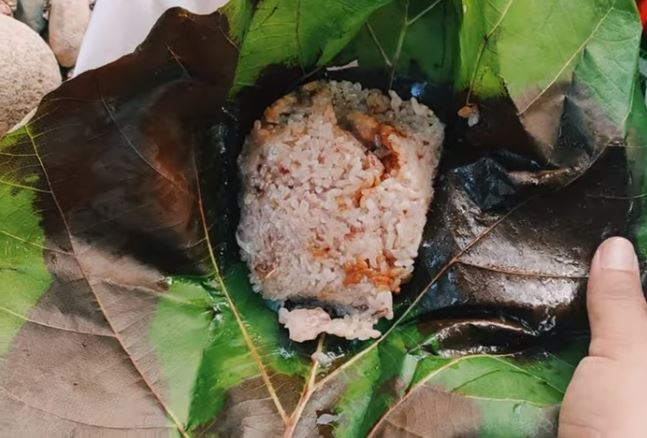
Minil Songa
A sticky rice dish cooked with fresh bamboo shoots and flavoured with sesame seeds. It is usually served during festivals.
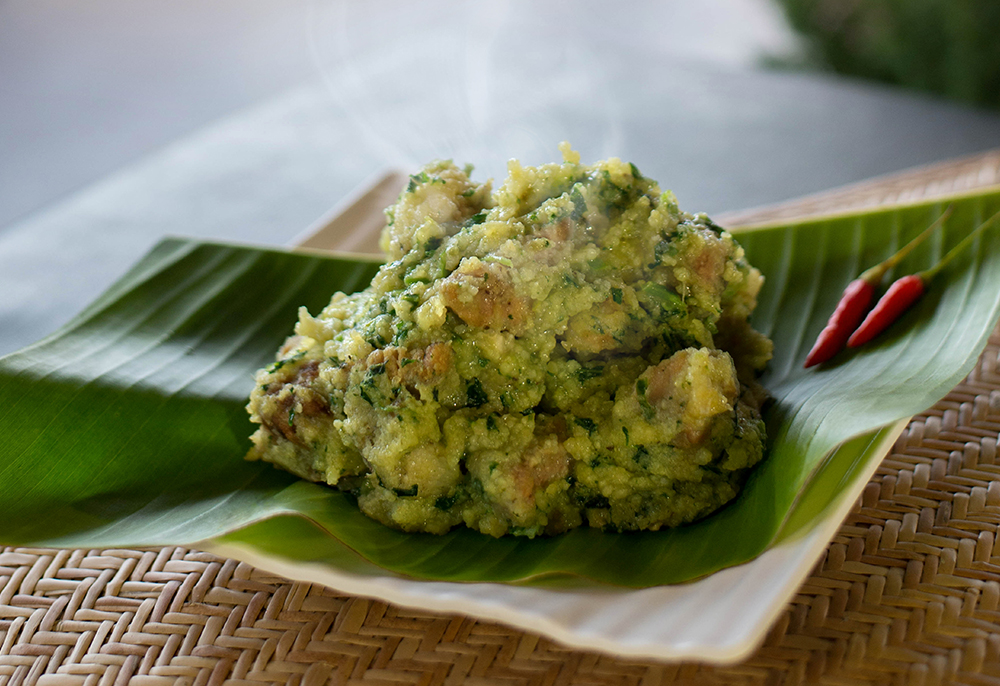
Wak Pura
A traditional pork preparation slow-cooked with yam leaves, bamboo shoots, and mild spices. It’s a comforting dish.
Shopping in East Garo Hills
Shopping in East Garo Hills offers a vibrant mix of tradition and craftsmanship.
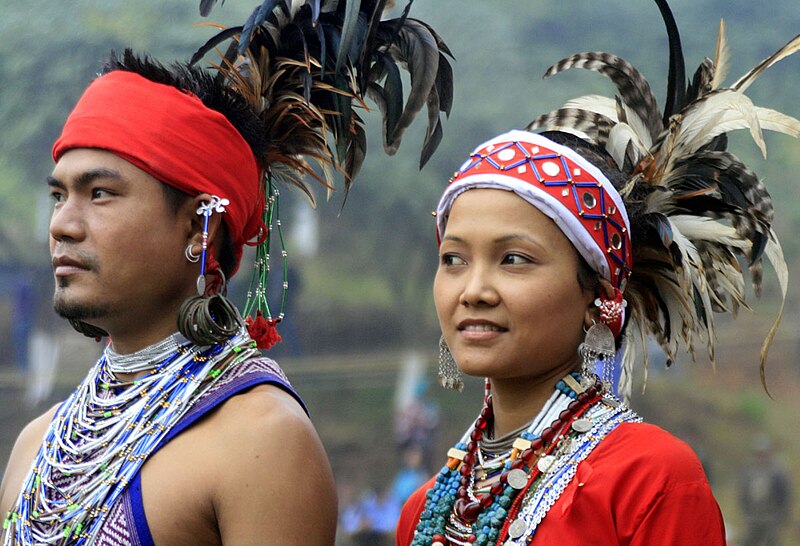
Traditional Garo attire
Colourful handwoven garments like Dakmanda and Jymphong favourites among tourists.
Local Spices
Visitors often take home the region’s aromatic spices and nakham (fermented dry fish), which are key ingredients in Garo cuisine
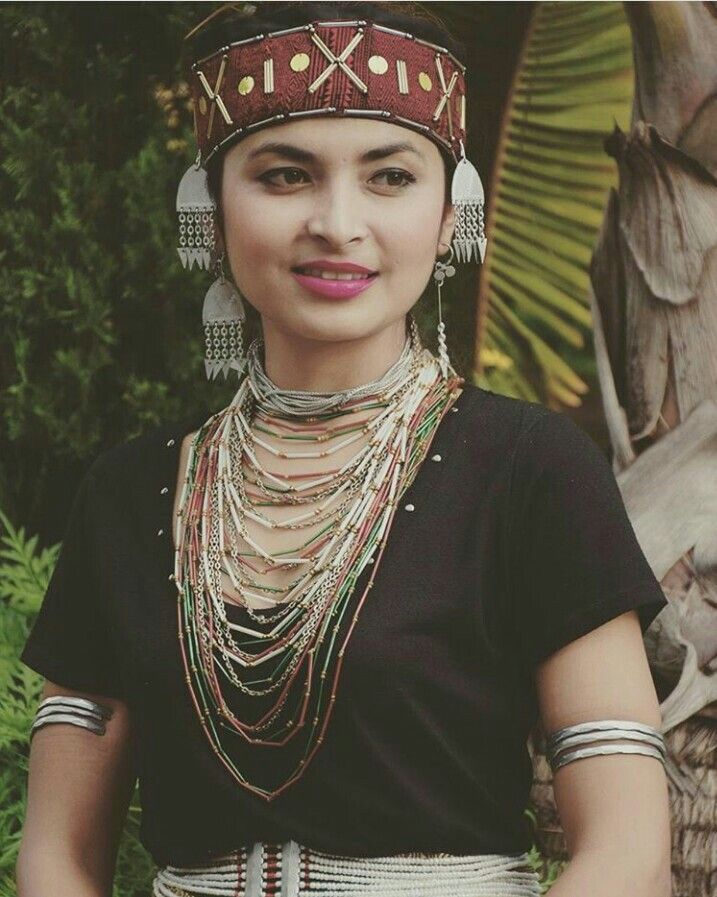
Tribal Jewellery
Necklaces, bangles, and earrings made from beads, brass, and natural materials are widely available. Each piece carries symbolic meaning.
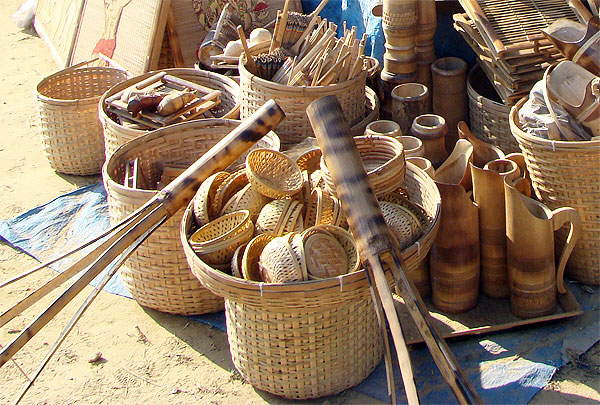
Local Handicraft
Locally made baskets, mats, and furniture crafted from bamboo and cane are popular souvenirs. These items reflect the Garo community.
Tourist's Handbook
The ideal time to visit East Garo Hills is during the post-monsoon to winter season (October to February). During this period, the weather is cool, dry, and comfortable, making it perfect for sightseeing, trekking, and exploring nature.
Check the weather forecast – Avoid visiting during heavy rains or storms, as landslides and roadblocks can occur.
Wear comfortable walking shoes – The terrain can be hilly, muddy, or uneven, especially near waterfalls and caves.
Travel with a local guide – Many spots are in remote areas; a guide can help with directions and safety.
Keep emergency numbers handy – Save contacts for local police, hospitals, and your accommodation.
Respect local customs and culture – Dress modestly and ask before taking photos of people or sacred places.
Getting around East Garo Hills is best done by local taxis, shared sumos, or hired private vehicles, as public transport is limited and routes can be irregular. Roads connect most major towns and attractions, but some remote villages and natural spots may require short treks or bike rides. Hiring a local driver or guide is a good idea since they know the terrain and can navigate rural paths easily.
Overcharging by taxis or guides – Some drivers or guides may quote inflated prices to tourists; always agree on the fare in advance.
Fake local products – Handicrafts or spices sold as “authentic” may sometimes be mass-produced elsewhere.
Unlicensed tour guides – Individuals posing as guides without proper knowledge or credentials may mislead visitors.
False entry fees – At certain attractions, unauthorized people might demand payment that is not officially required.
Accommodation scams – Online listings or verbal offers may not match the actual facilities; book through trusted sources.
Varanasi Blogs
- Uttar Pradesh Cultural guide
- Places to visit in Varanasi
- Places to visit nearby Varanasi
- India’s most popular destination
- India’s archaeological marvels
Recommended articles
- Uttar Pradesh Cultural guide
- Places to visit in Varanasi
- Places to visit nearby Varanasi
- India’s most popular destination

